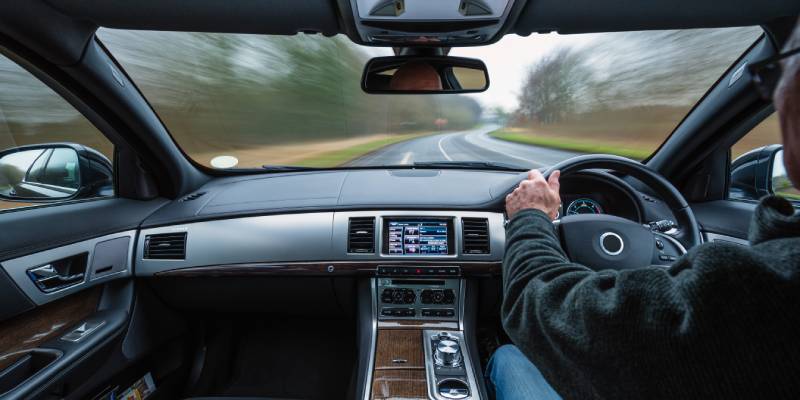As a driver, there will be instances where you need to act quickly and, at some point, be forced to perform an emergency stop. This may be down to a hazard on the road, a vehicle ahead of you that has stopped sharply, or an animal that has run out in front of your car. Regardless of the scenario, understanding how to assess the situation promptly and react safely will be of utmost importance.
The goal will always be to slow down and stop your vehicle in the shortest time possible. However, the time to stop can vary when dealing with different road types, weather conditions, and other variables. There are several factors that can affect your braking distance; some can be controlled, and others are harder to anticipate. To ensure that you remain safe regardless of the situation you are faced with, we have put together a guide on everything you need to know about stopping distance!
Everything You Need To Know About Stopping Distance
The stopping distance of your vehicle is determined by two contributing factors: your thinking distance and the braking distance itself. Your thinking distance is the time it takes for you to take in, process and react to the hazard in front of you. The braking distance begins from the moment you press the brake pedal to the moment you come to a complete stop.
Even if you are a safe, cautious driver, some instances can increase your stopping distance, and knowing these will allow you to prepare in advance. Find out more about these factors and how to handle them below:
- What Is Thinking Distance?
- What Will Affect Your Vehicle’s Stopping Distance?
- How To Calculate Stopping Distances For Cars
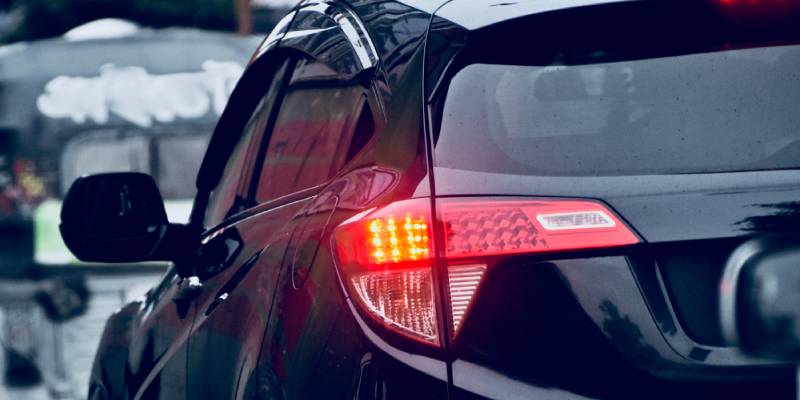
What Is Thinking Distance?
Stopping distance can be broken down into two components: thinking distance and braking distance. When a motorist brings a vehicle to a stop, thinking distance will happen first, as it is the distance a vehicle travels between the time a driver notices a hazard and applies the brakes. Unlike braking distance, thinking distance depends entirely on the driver, and the variables that impact it are usually personal to that driver. Typically, thinking distance is around one foot for every mile per hour the vehicle is travelling. For example, if a vehicle is travelling at 30 miles per hour, its thinking distance is about 30 feet.
Some of the factors that might influence thinking distance include:
- Driver fatigue
- Distraction
- Visual impairment
- Reaction time
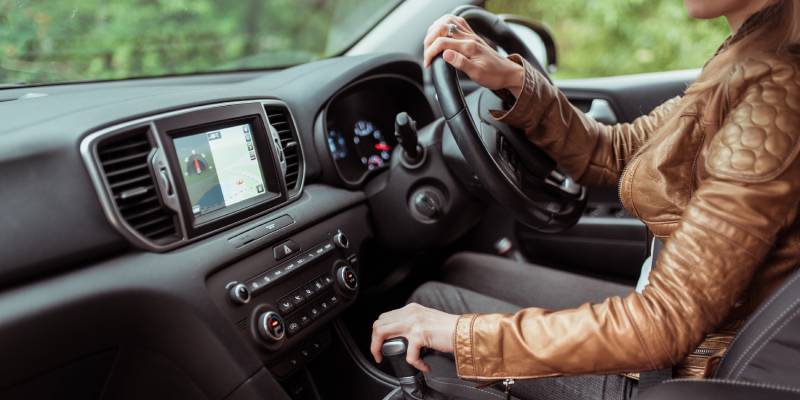
What Will Affect Your Vehicle’s Stopping Distance?
Recognising when your vehicle is likely to experience a longer stopping distance will be vital in staying safe in trickier scenarios. With this in mind, here are the top eight factors that affect braking distance:
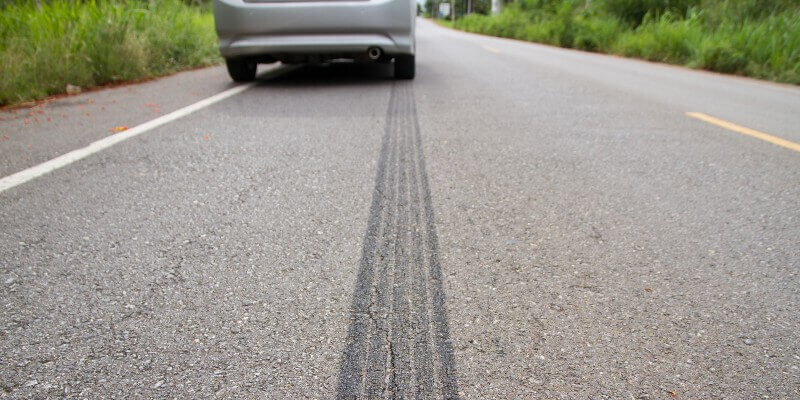
1. Speed
The speed you are driving will impact both your thinking and braking distance. As a general rule of thumb, the faster you are driving, the longer it will take your vehicle to reach a complete stop.
When you are driving at 30mph, it typically takes you 14 additional metres to stop, which is the equivalent of three car lengths. This means that for every 10mph you are travelling, you can expect at least a few extra metres to be added to your stopping distance. Driving at the national speed limit of 70mph will take around 75 metres to come to a stop.
2. Brake System
As a vehicle owner, it is your responsibility to ensure that your braking system is working as it should be, particularly as this is one of the most significant contributing factors towards your stopping distance.
The braking system inside your vehicle is devised of many components, each of which works together to ensure that you can slow down and stop without delay. Although ABS systems are commonplace within most modern vehicles, they do not make a great deal of difference to your actual braking distance. There are more so put in place to help the driver keep in control of their vehicle during the emergency brake. Instead, it is mainly your brake pads that impact your stopping distance.
Brake pads are designed with a block of friction material, which will push against the brake disc when you push down on the pedal. Naturally, with constant use, this friction material will wear down and can no longer protect the brake disc, causing them to become grooved. As a result, they are more likely to overheat and can no longer withhold their stopping power.
To prevent this issue, regular vehicle maintenance will be essential. As specialists in many areas, from mini repairs in Milton Keynes to Porsche diagnostics in Buckingham, our reputable team can work closely with you to ensure that your braking system and the overall vehicle remain in total working order. Problems can be picked up in the early stages and rectified before they have a chance to grow, keeping your vehicle and other road users safe. Please feel free to contact us to speak to our experienced team.
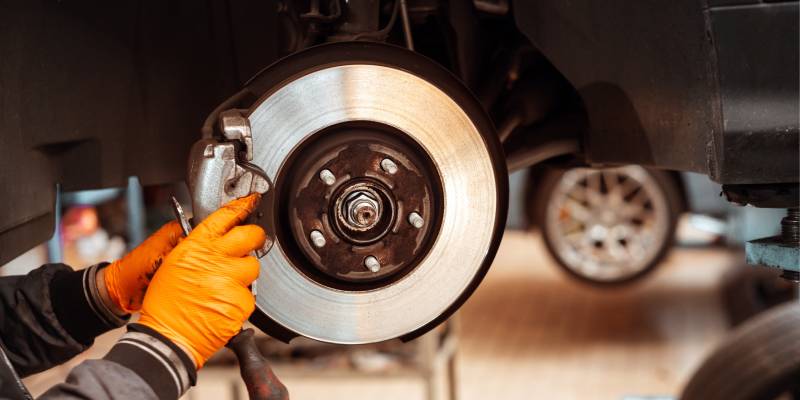
3. Tyre Pressure
Tyres require a certain pressure to work effectively; underinflated tyres make the material flex more, which causes them to overheat, and overinflated tyres will reduce traction. Both of these are bad news for the braking distance of your vehicle and can also lead to uneven wear, making it harder to maintain friction against the road surface when you do suddenly brake.
Luckily, checking your tyre pressure and inflating where necessary couldn’t be more straightforward. Ideally, you should check your tyre pressure every few weeks and before longer journeys. The AA has a great article on how to check and top up your tyre pressure. And, if you have yet to purchase them, you can also find cost-effective tyre inflators and pressure gauge kits at Halfords.
4. Tyre Tread
By law, your tyres must have a tread depth of over 1.6mm. If any reach below this level, you will need to replace your tyres as they are no longer in a safe condition.
Typically, new tyres are designed with a tread depth of 8mm, but with constant use, this begins to lower. Although this is unavoidable, as your tread depth reduces, your tyres will slowly start to lose their ability to grip the road’s surface. This dramatically increases your stopping distance, even more so when faced with weather conditions such as rain or ice.
To put this into perspective, when driving on a wet road at 30mph with new tyres, your stopping distance will be around 26 metres, but once your tread depth lowers to 3mm, this goes up to 35 metres. By the time you reach the minimum of 1.6mm, this distance will have increased to a huge 43 metres!
You can find a full guide on how to check your tyre tread depth over on the RAC website.
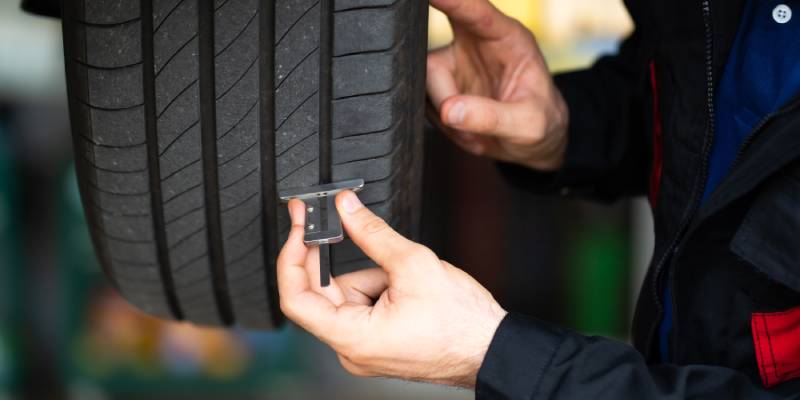
5. Visibility
Visibility is a factor that is not always considered when determining braking distances but can impact your reaction time. Glares during the summer, a dirty windscreen and driving at night can all affect your visibility and, therefore, make it harder to judge hazards.
One key maintenance task that will dramatically improve your visibility is ensuring that your windscreen wipers are in good condition. During the winter months, heavy rainfall and, in some cases, snow can make it trickier to see the road ahead – this is where your windscreen wipers come in. However, if the wiper blades have become cracked and damaged, they will no longer be able to keep the windscreen clear. Before the weather begins to worsen, our experts at our BMW service centre in Milton Keynes recommend that you ensure you’ve checked the condition of your wipers and, if necessary, have replaced them ahead of time. WiperBlades.co.uk is a great online store that allows you to search for your registration number to find and purchase the correct products for your vehicle.
6. Weather Conditions
One of the most significant contributors to an increase in stopping distance is, unfortunately, something we cannot control – the weather. Rain, ice, sleet and snow can all massively alter the condition of the road surface, making it far more slippery and reducing the effectiveness of your tyres. Not only this, but in heavy rain, aquaplaning can prove an issue should you try braking too heavily; that’s why the stopping distance in the rain can increase massively. Aquaplaning is caused when your tyres cannot disperse the water built up between the tread and the road, causing you to lose control of the vehicle.
For this reason, on days when the weather is making the roads more dangerous, increasing the distance between your car and the vehicle in front is essential. We will go into more detail about this later in our article.
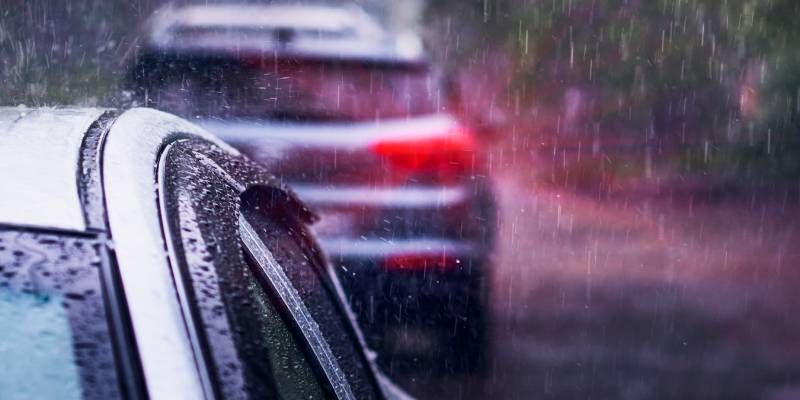
7. Distractions
Although there are several laws in place regarding distractions while driving, this doesn’t stop careless drivers from risking their safety. However, distractions can have a real impact on your ability to stop in time as your reaction time will be compromised, and you are likely to miss key signs that there is a hazard ahead.
By distractions, this doesn’t solely mean your mobile phone; it can also include eating, drinking, smoking and speaking with passengers. It is crucial always to keep your eye on the road, even if you are driving through an area you know well.
8. Alcohol & Drugs
Much like distracted driving, we are all more than aware of the impact that alcohol and drugs can have on driving ability, but do you know to what extent these factors can impact your stopping distance?
The easiest way to explain the effect is by looking into how alcohol alters the brain. According to the NHS, 4 to 6 units of alcohol will start to affect the areas of your brain that are responsible for making judgements and making decisions, meaning that you are likely to become more reckless. It will also weaken your nervous system, causing you to feel more lightheaded. Together, these dramatically impact both your reaction time and your coordination, making it far more difficult to spot and act on potential hazards. Unsure how to judge how many units are in different alcoholic drinks? Take a look at Alcohol Change UK.

How To Calculate Stopping Distances For Cars
Now that you are well-versed in the factors that contribute to stopping distances, it’s time to move on to how to calculate braking distances. There is an equation that can be used to determine an accurate distance, and BBC Bitesize explains this very well; however, when you are behind the wheel, there is no time to begin tackling mathematics. So, to ensure that you can always gauge an idea of how much space you should leave between your car and the vehicle ahead of you, take a look at the questions below:
In good conditions, what is the stopping distance for 70mph?
Good road conditions mean that the weather is dry, there is no ice on the road, and the surface is even. Ultimately, the only hazards that you may face are based on other road users, pedestrians, etc. If you are driving 70mph in these conditions, your stopping distance will be 96 metres.
Highway Code Stopping Distances
To give you a better idea of how stopping distances change depending on speed, here are some figures from The Highway Code based on driving in good conditions:
- 20mph = 12 metres
- 30mph = 23 metres
- 40mph = 36 metres
- 50mph = 53 metres
- 60mph = 73 metres
- 70mph = 96 metres
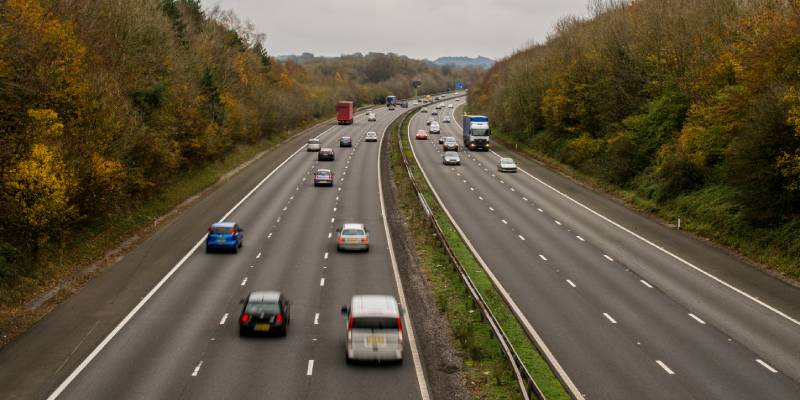
In which conditions will your overall stopping distance increase?
The conditions that your stopping distance is most likely to increase are when there is rain, sleet or snow. Your braking distance in the rain is typically as much as double the amount for dry conditions. For this reason, The Highway Code advises that you allow at least a four-second gap between yourself and the vehicle in front of you, which would ensure enough time to react and brake in the event of a hazard. You are free to increase this even more until you feel comfortable – there is no such thing as being too cautious when driving in adverse conditions.
How much can stopping distance increase in ice?
Driving on an icy road is, by far, one of the most dangerous conditions as your tyre grip is hugely reduced, meaning that it can be incredibly hard to stay in full control of your vehicle. For this reason, your braking distance on ice can be as much as ten times the typical amount. Generally, it is advised only to drive in icy conditions if you have no other choice, and if you do have to, take a slow, smooth approach.
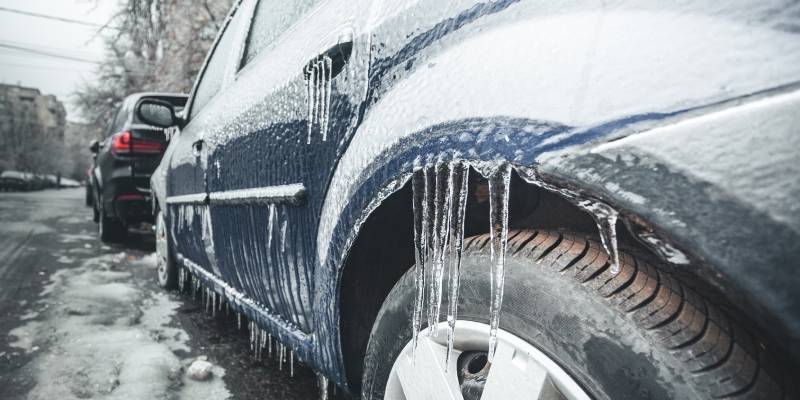
Stay A Safe Driver By Understanding Stopping Distances!
Keeping your vehicle in good condition is vital in ensuring that you can prevent the tyres and brakes from impacting your stopping distance. Along with regular maintenance, we also recommend considering the road surface ahead of time and planning accordingly. In wet or icy conditions, opt for roads that will allow you to maintain a safe difference from the vehicle in front. Together, these factors will reassure you that you give yourself plenty of time to spot a hazard and react in time. Contact our Porsche service centre in Milton Keynes for more help and information now!

